The Social (Antique) Network: Empathy in the Age of Digital Antiquing
Zola Anderson
→ BFA PT 2019


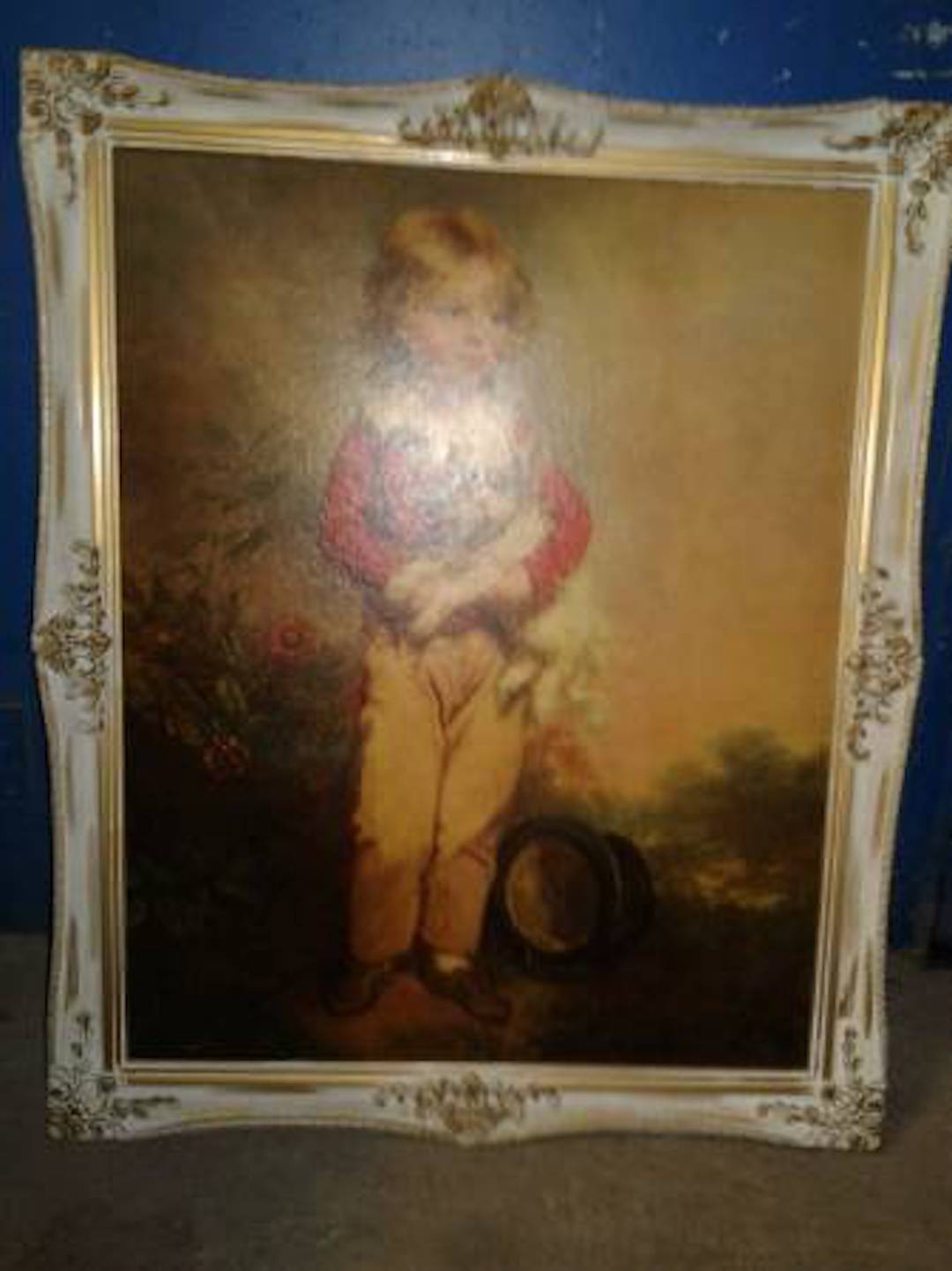
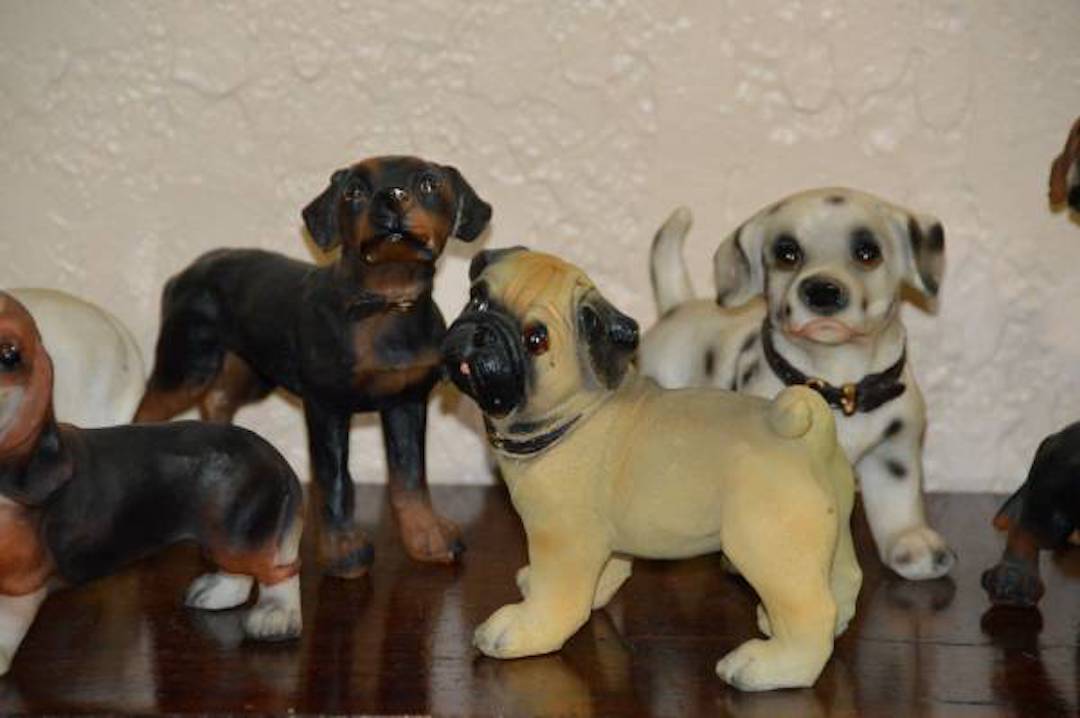




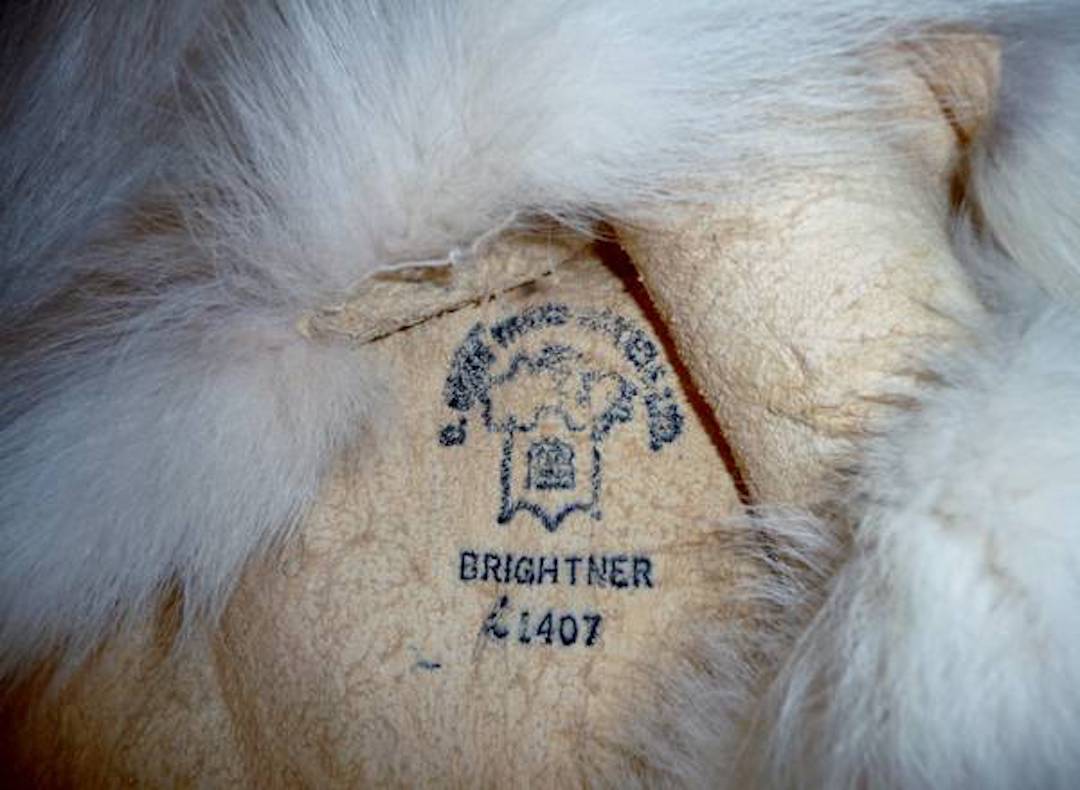
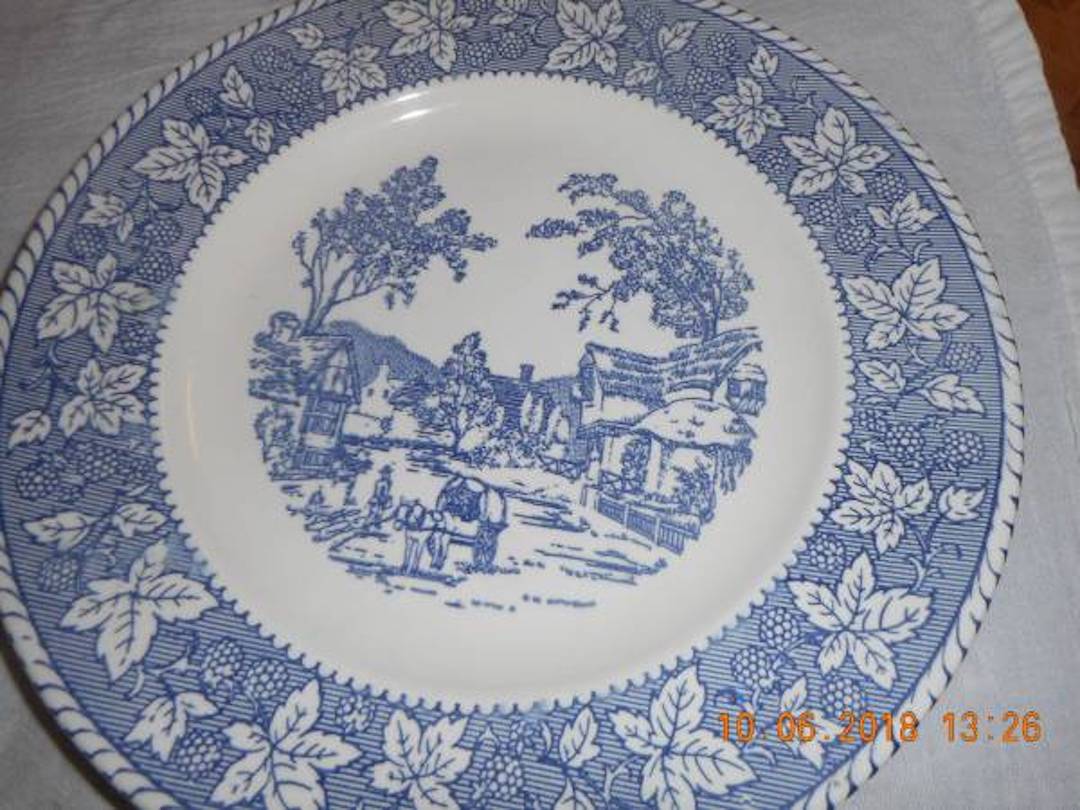




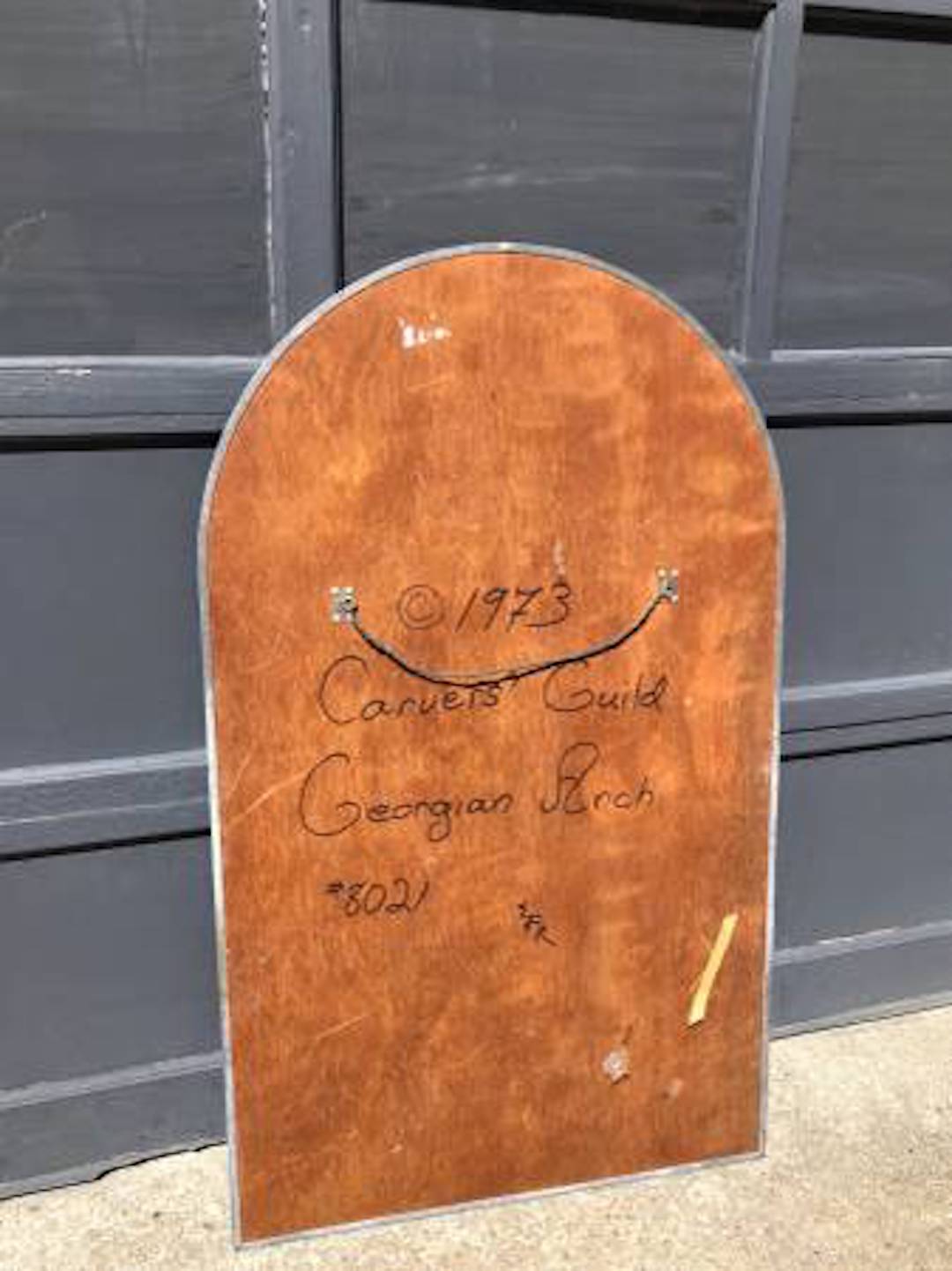


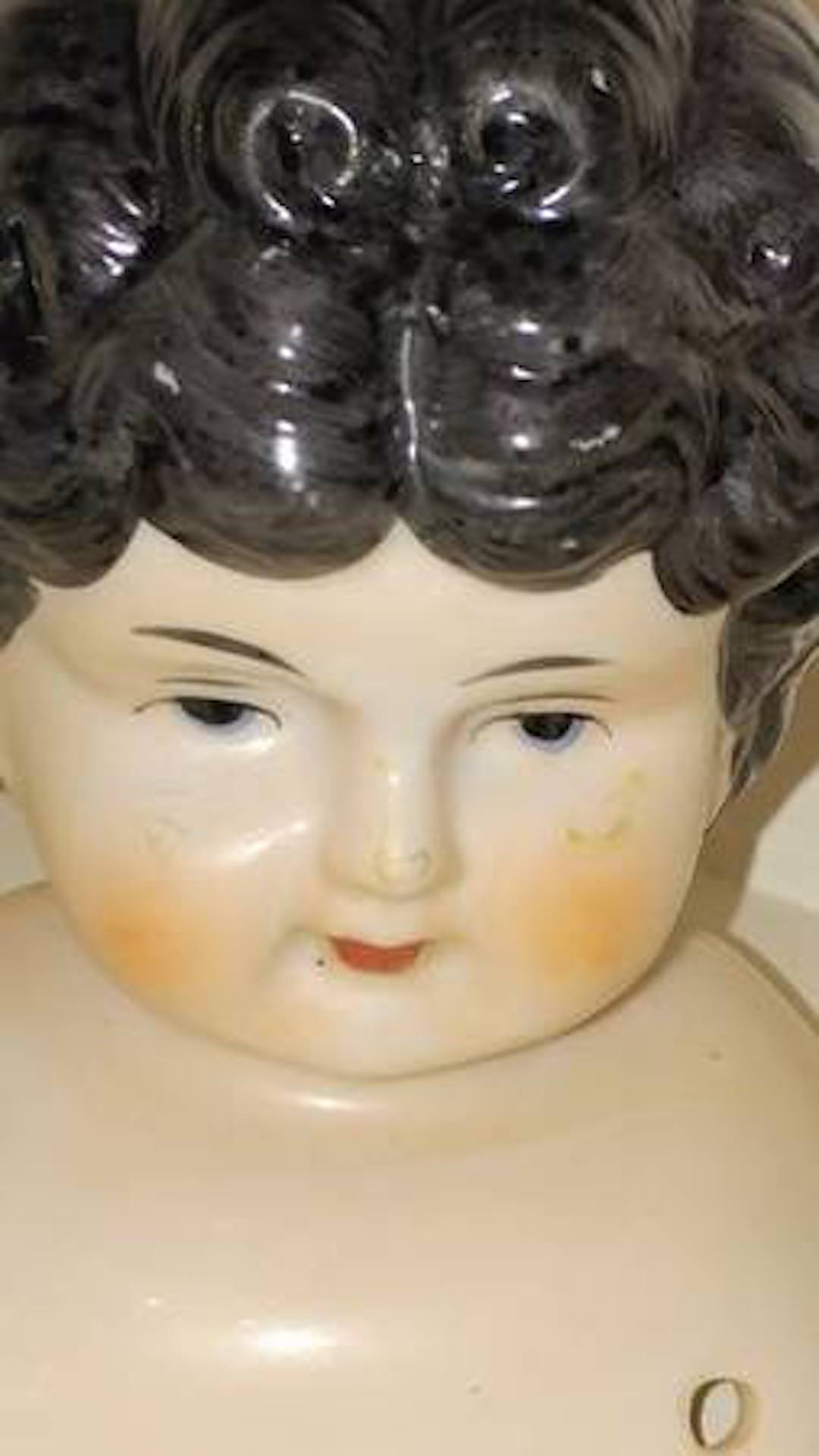







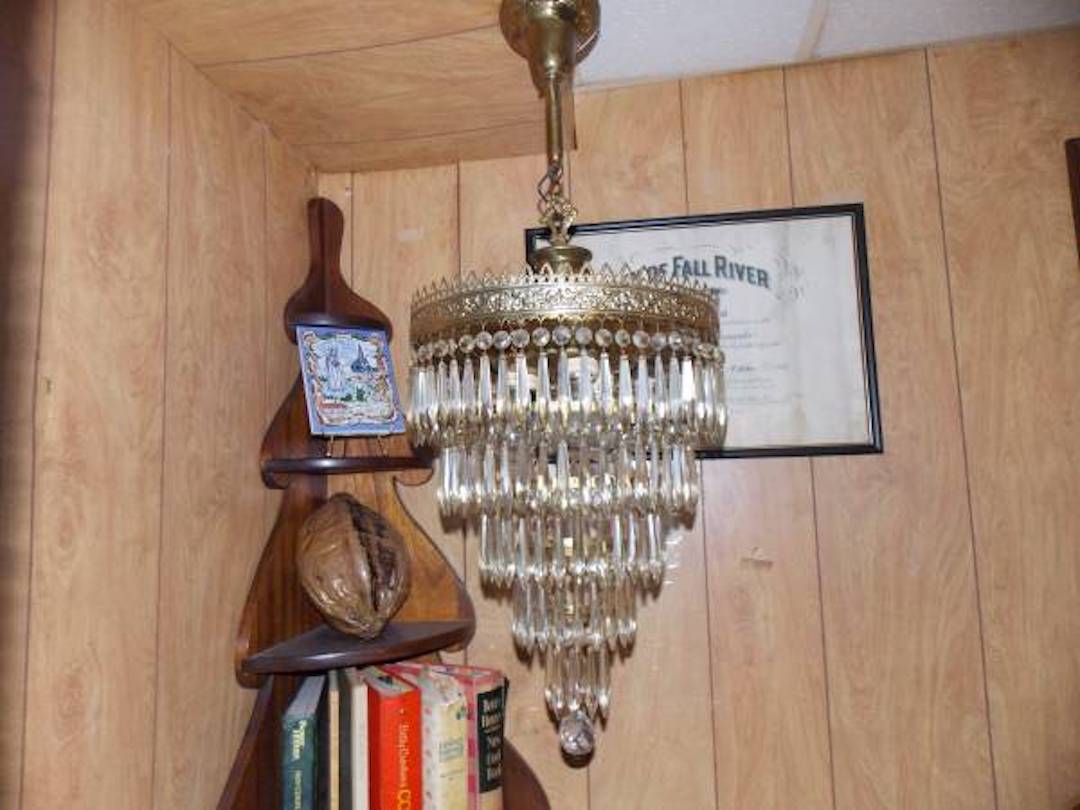
Once theorized as a utopian project—a free, equalizing platform—the internet has quickly become synonymous with rapid consumerism. When it's not being applauded for its convenience, the capitalist internet marketplace is often spoken about pessimistically, as a proliferator of material desires. Personally catered advertisements blend in with news feeds; products are born in an instant and become overnight sensations through the right influencers and #sponsored posts. If trends and cheap commodities are the norm in our Amazon-permeated, social-media-bubble virtual universes, what might be their antithesis? Could it be the antiques being sold on this very same platform? I believe that online antique marketplaces are not only the flipside of the typical consumerist marketplace, but also a sign of our human longing for social bonds.
It goes without saying that antiquing-as-hobby has a history that far predates the internet. Particularly in America, and especially in New England, the neocolonial style became increasingly popular in the 19th century and brought the collecting fad along with it. In Archives of Desire, J. Samaine Lockwood describes the ugly underside of the origins of antique dealing in New England, noting that “colonial revivalism was, in many ways, a nostalgic, racist, and nativist love affair with a regionally specific past, part of an ongoing bid to secure for white New England the spotlight on history’s stage.” However, at the same time, it was a “sanctioned framework” for women to become cultural producers, as “women dominated colonial revivalism in New England as well as the regionalist literary production and domestic tourism to which it was inextricably tied.” While antique collecting had been popular in European countries for a while, this American style of collecting distinctly differed from that in France or England. Instead of directly shopping in antique or flea markets, American antique collecting involved traversing the country, often going door-to-door, accumulating goods by convincing people to give up their antiquated belongings. Coastal New England areas, like Rhode Island, had a particularly strong antiquing culture, as their commercial ports also provided access to foreign treasures.
Online antique marketplaces share a surprisingly similar set of accumulative values, particularly when it comes to stamina and “discovery”—now, instead of knocking on doors, antique hunters scroll through hundreds of listings and craft the right search terms to find hidden treasures worth more than their listed price. Further, as consumerist tendencies have increased, so has the scope of what can be collected. Mass-produced goods of relatively recent vintage—like Beanie Babies or limited edition Barbie dolls—are now marketed as collectibles, and are as sought after as more “fine” artisanal antiques. This increase in emotionally potent material culture calls for some further classification and clarification.
In my research on this subject, I’ve identified three general tiers of current antique collecting: High, Middle, and Low. The High tier is what often comes to mind when we think of antiques. This is Antiquity with a capital “A”: the stuff of museums and private collections of the rich and famous. It is also where debates about ownership of cultural history come into play. While that is a fascinating and complicated subject, it has little to nothing to do with the average person’s dailyinteractions with antiques.
Then there is the Middle realm of the marketplace—eBay often falls into this category. Self-identifying antique dealers and collectors run this space. Here, buyers will pay good money for a beautiful object with a long history, often for the sake of home decoration. The Middle zone can include both the most seasoned dealer and the casual seller, and there is an international element to it, which matters to an avid or professional antique buyer looking for a Danish porcelain plate from Denmark, for instance.
Finally, there is the Low tier—that is, primarily Craigslist. This sector is for the more casual collector, someone who finds themselves buying or selling antiquated objects often by happenstance. While participation is sometimes by chance (e.g., the passing of an older family member who leaves tchotchkes behind), it can also include someone with a genuine interest or eye for collecting who simply lacks the egregiously high funds to take part in the Middle and High tiers. Objects in this category are often circulated with very little documentation, and even their advertising photos mimic their subject’s rough-around-the-edges quality: a washed out, out-of-focus, close-up of a label, for example, renders it illegible, failing at its singular goal of clarity. Or a “VINTAGE * SWEET * HANDMADE” doll might, despite the seller’s efforts at staging an appealing photo, come off as straight out of Poltergeist. But this type of photograph is also the embodiment of the Low world of antique dealing. Sellers are often in a hurry to sell, and their lack of glossy marketing methods don’t necessarilysignal a lack of care.
The inferred speed of these postings presents the possibility that perhaps it’s not the search for the objects that drives this tier of the antique market, but a capitalistic pressure to sell anything that might be worth something. This antique dealing may be fueled by a societal quest to, colloquially, “make a buck.” On the other hand, these postings show that the sellers care enough to post them; often the objects on Craigslist are there as an alternative to them being quietly thrown away, an attempt to save them from being forgotten. This distinct nostalgia, riding the line between objects worth discarding and nostalgic relics worth giving renewed worth to, is the main drive of Craigslist’s “antiques” category.
Antique collecting is never severed from nostalgia, or more specifically, from the longing for a moment you probably have never lived. Nostalgia is everywhere in our media and material culture; you can see it in the typography in yogurt advertisements or Instagram camcorder filters. Whether or not this stems from disillusionment with technological advances is a question for another day, but what is pertinent is nostalgia’s structure of compartmentalizing and romanticizing the past. As Susan J. Matt observes in Homesickness: An American History, “Nostalgia offers a way to establish connections with the past and with home that does not seriously undermine the present.” Nostalgia, and in turn collecting, has the power to encourage looking outward beyond one’s small universe, instilling an active curiosity about other lives. I recently stumbled across an advertisement on Rhode Island Craigslist of four wedding photos from the turn of the 20th century. The description read: “These photos are precious showing a wedding in Malta and other old wedding photos.” The appeal of these wedding photos, beyond their age, is that they invite us to imagine others’ lives: Are the photos of the seller’s relatives? Are they of strangers? Were the photos bought by the seller for the purpose of being sold? Are there more photos that aren’t being sold? Antique buying and selling on Craigslist, while a site of exchange, is also an act of care.
As opposed to souvenirs from trips or family heirlooms, which serve as evidence of a personally lived event or connection to a family lineage, antique collecting shows an extremely human and empathetic urge to be a part of something greater. It stems from an interest in something not personally lived, but still relatable—literally inserting yourself into a lineage, becoming part of a larger web of people. Online antique markets create a social network more concrete than most “social networks,” not only given the emotional connection to the antiques themselves but by the nature of the face-to-face interaction that often follows a purchase. Working at its best, digital antique exchanges generate a couple levels of empathetic human contact: the initial interest in an object with a lived history, and then the small, neighborly interactions that come with picking up the object. It may seem insignificant, but this type of interaction with strangers feels especially precious and humbling today: online antique marketplaces facilitate a deeply human interaction via a platform that wants to isolate us. Take that, Zuckerberg!
It goes without saying that antiquing-as-hobby has a history that far predates the internet. Particularly in America, and especially in New England, the neocolonial style became increasingly popular in the 19th century and brought the collecting fad along with it. In Archives of Desire, J. Samaine Lockwood describes the ugly underside of the origins of antique dealing in New England, noting that “colonial revivalism was, in many ways, a nostalgic, racist, and nativist love affair with a regionally specific past, part of an ongoing bid to secure for white New England the spotlight on history’s stage.” However, at the same time, it was a “sanctioned framework” for women to become cultural producers, as “women dominated colonial revivalism in New England as well as the regionalist literary production and domestic tourism to which it was inextricably tied.” While antique collecting had been popular in European countries for a while, this American style of collecting distinctly differed from that in France or England. Instead of directly shopping in antique or flea markets, American antique collecting involved traversing the country, often going door-to-door, accumulating goods by convincing people to give up their antiquated belongings. Coastal New England areas, like Rhode Island, had a particularly strong antiquing culture, as their commercial ports also provided access to foreign treasures.
Online antique marketplaces share a surprisingly similar set of accumulative values, particularly when it comes to stamina and “discovery”—now, instead of knocking on doors, antique hunters scroll through hundreds of listings and craft the right search terms to find hidden treasures worth more than their listed price. Further, as consumerist tendencies have increased, so has the scope of what can be collected. Mass-produced goods of relatively recent vintage—like Beanie Babies or limited edition Barbie dolls—are now marketed as collectibles, and are as sought after as more “fine” artisanal antiques. This increase in emotionally potent material culture calls for some further classification and clarification.
In my research on this subject, I’ve identified three general tiers of current antique collecting: High, Middle, and Low. The High tier is what often comes to mind when we think of antiques. This is Antiquity with a capital “A”: the stuff of museums and private collections of the rich and famous. It is also where debates about ownership of cultural history come into play. While that is a fascinating and complicated subject, it has little to nothing to do with the average person’s dailyinteractions with antiques.
Then there is the Middle realm of the marketplace—eBay often falls into this category. Self-identifying antique dealers and collectors run this space. Here, buyers will pay good money for a beautiful object with a long history, often for the sake of home decoration. The Middle zone can include both the most seasoned dealer and the casual seller, and there is an international element to it, which matters to an avid or professional antique buyer looking for a Danish porcelain plate from Denmark, for instance.
Finally, there is the Low tier—that is, primarily Craigslist. This sector is for the more casual collector, someone who finds themselves buying or selling antiquated objects often by happenstance. While participation is sometimes by chance (e.g., the passing of an older family member who leaves tchotchkes behind), it can also include someone with a genuine interest or eye for collecting who simply lacks the egregiously high funds to take part in the Middle and High tiers. Objects in this category are often circulated with very little documentation, and even their advertising photos mimic their subject’s rough-around-the-edges quality: a washed out, out-of-focus, close-up of a label, for example, renders it illegible, failing at its singular goal of clarity. Or a “VINTAGE * SWEET * HANDMADE” doll might, despite the seller’s efforts at staging an appealing photo, come off as straight out of Poltergeist. But this type of photograph is also the embodiment of the Low world of antique dealing. Sellers are often in a hurry to sell, and their lack of glossy marketing methods don’t necessarilysignal a lack of care.
The inferred speed of these postings presents the possibility that perhaps it’s not the search for the objects that drives this tier of the antique market, but a capitalistic pressure to sell anything that might be worth something. This antique dealing may be fueled by a societal quest to, colloquially, “make a buck.” On the other hand, these postings show that the sellers care enough to post them; often the objects on Craigslist are there as an alternative to them being quietly thrown away, an attempt to save them from being forgotten. This distinct nostalgia, riding the line between objects worth discarding and nostalgic relics worth giving renewed worth to, is the main drive of Craigslist’s “antiques” category.
Antique collecting is never severed from nostalgia, or more specifically, from the longing for a moment you probably have never lived. Nostalgia is everywhere in our media and material culture; you can see it in the typography in yogurt advertisements or Instagram camcorder filters. Whether or not this stems from disillusionment with technological advances is a question for another day, but what is pertinent is nostalgia’s structure of compartmentalizing and romanticizing the past. As Susan J. Matt observes in Homesickness: An American History, “Nostalgia offers a way to establish connections with the past and with home that does not seriously undermine the present.” Nostalgia, and in turn collecting, has the power to encourage looking outward beyond one’s small universe, instilling an active curiosity about other lives. I recently stumbled across an advertisement on Rhode Island Craigslist of four wedding photos from the turn of the 20th century. The description read: “These photos are precious showing a wedding in Malta and other old wedding photos.” The appeal of these wedding photos, beyond their age, is that they invite us to imagine others’ lives: Are the photos of the seller’s relatives? Are they of strangers? Were the photos bought by the seller for the purpose of being sold? Are there more photos that aren’t being sold? Antique buying and selling on Craigslist, while a site of exchange, is also an act of care.
As opposed to souvenirs from trips or family heirlooms, which serve as evidence of a personally lived event or connection to a family lineage, antique collecting shows an extremely human and empathetic urge to be a part of something greater. It stems from an interest in something not personally lived, but still relatable—literally inserting yourself into a lineage, becoming part of a larger web of people. Online antique markets create a social network more concrete than most “social networks,” not only given the emotional connection to the antiques themselves but by the nature of the face-to-face interaction that often follows a purchase. Working at its best, digital antique exchanges generate a couple levels of empathetic human contact: the initial interest in an object with a lived history, and then the small, neighborly interactions that come with picking up the object. It may seem insignificant, but this type of interaction with strangers feels especially precious and humbling today: online antique marketplaces facilitate a deeply human interaction via a platform that wants to isolate us. Take that, Zuckerberg!
Zola Anderson is sugar-addicted and hopelessly nostalgic. She self-identifies as a dog enthusiast and Scorpio, and has been known to paint from time to time.